What is NB-IoT?
We have already discussed the disruption LoRaWAN technology has created in the deployment of IoT applications. Similar to LoRaWAN, but in the licensed frequency spectrum and also part of the large family of wireless technologies of LPWAN (Low Power Wide Area Networking), there has been one emerging and best-in-class NB-IoT technology. According to ABI Research, by 2026 Narrowband IoT is expected to capture over 60% of the 3.6 billion LPWA network connections.
The introduction of NB-IoT has met the increasing demand for extended coverage, significantly improving the power consumption of user devices, system capacity, and spectrum efficiency. Specially developed for deep indoor applications, the technology can support a battery life of more than 10 years for a wide range of use cases. One of the interesting facts about the technology is that it can coexist with other communication protocols, including 2G, 3G, and 4G.
Through low-power wide-area connectivity using the licensed frequency spectrum, NB-IoT is driving a massive expansion of IoT devices around the globe. Narrowband IoT gets support from a large number of mobile operators that reduces the cost of production and deployment as it takes the advantage of the existing ecosystem. Before adopting any new technology, it is crucial to understand the security features to keep the transmitting data safe. The Narrowband IoT security features 3GPP/GSMA security protocols, IPSEC security layer, and HTTP military-grade encryption that can be seen in most NB IoT modules.
Let’s go underground with NB-IoT.

(Image Credit: GRANDMETRIC)
NB-IoT Architecture
As the name suggests, NB-IoT is designed to work in a narrow spectrum band of 180-200 kHz with a transfer rate of up to 250 kbps and latency varying from 2 to 10 seconds. The technology operates in half-duplex mode, enabling efficient uplink communication (a connection from data communications equipment toward the network core).
Since it is designed for a low amount of data transmission, the power consumption is also significantly less featuring its power-saving capabilities. Due to this, the extended battery life is provided up to 10 years, which makes it suitable for its deployment in remote applications. In most of the use cases, the IoT devices stay connected to the network for a short amount of time while the data is transmitted. NB-IoT also offers the feature to disconnect the IoT device from the network once the data is received but this implies the lack of the downlink window.
Applications that require deep indoor penetration like the IoT devices deployed in the basement get enough extended coverage through NB-IoT. The adoption of NB-IoT has attracted many IoT users as it offers less complexity to configure NB-IoT devices, which adds to the easier deployment.
Since we have discussed the LTE Cat-NB1 which was the primary NB-IoT standard based on the 3GPP release 13. Only with the introduction of release 14, the LTE Cat-NB2 offers much more advances and upgrades to the original standard. One of the fine upgrades includes the faster downlink and uplink data rate. But something not to forget is the addition of OTDOA (Observed Time Difference of Arrival) and E-CID (Enhanced Cell ID), which has significantly improved the positioning and location accuracy.
NB-IoT vs. LoRaWAN

(Image Credit: AVSystem)
Both the standards being part of the LPWAN family, possess a different set of attributes. The reason to compare these two LPWAN standards is the ongoing trend in the adoption of IoT around the globe. Looking at the differentiating points, in terms of power consumption, LoRaWAN consumes less power than NB-IoT. In most of the scenarios, the NB-IoT has lower latency than LoRaWAN, however, it depends on the device class of LoRaWAN.
If the application requires longer battery life for remote applications, then LoRaWAN can be the best technology. But when it comes to the bandwidth and coverage, the specifications start to overlap without a significant difference. Security can be one of the deciding factors while adopting, and NB-IoT features 256-bit 3GPP encryption which is far more superior to the AES 128-bit for LoRaWAN.
Finally, it all comes down to the setup complexity involved in both of these standards. As LoRaWAN uses an unlicensed spectrum, it gives the benefit of setting up their own networks at a very low cost. This is not possible with NB-IoT, as it is a licensed IoT protocol from the 3GPP standard organization, which makes it available only through a mobile operator’s network.
Final thoughts on NB-IoT
Narrowband IoT is one of the new fast-growing radio technologies, has specially designed for IoT applications that require sending a small amount of data over long distances. This becomes the best solution for areas with high connection density, extended battery life, low cost, and deep indoor coverage. Applications that require low bandwidth, like waste management systems can employ Narrowband IoT technology. The NB-IoT has further enabled the deployment of IoT use cases where other technologies could not support because of cost-inefficiency and technical limitations.
Along with all the positives, there are some drawbacks that are crucial to mention if you plan to implement an IoT application with NB-IoT. It is very difficult to carry out file transfer, especially when it comes to sending a large amount of data to the device. Also, if the end device is non-static, then there can be issues with the network and handoffs. Looking at the overall market, due to high market adoption, setup and managing cost associated with LoRaWAN is much lesser than NB-IoT. But it is a matter of time before NB-IoT makes it into the league of massive IoT deployment.





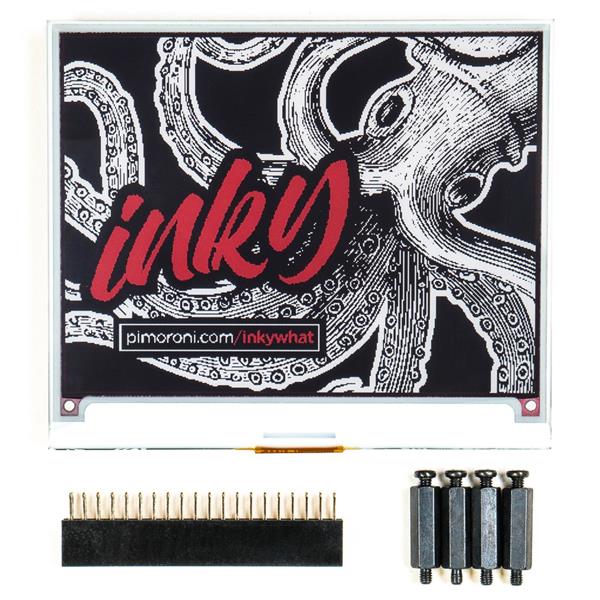
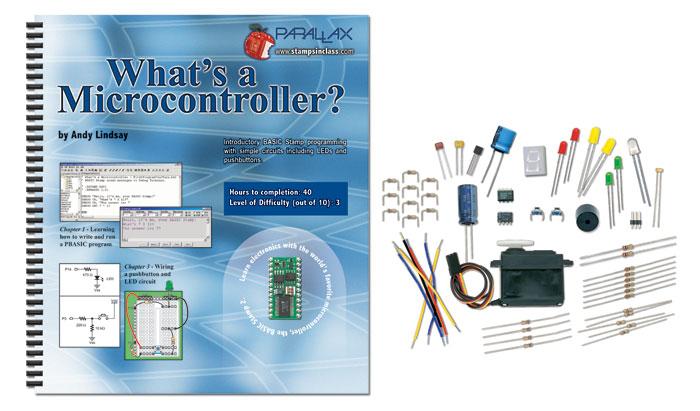
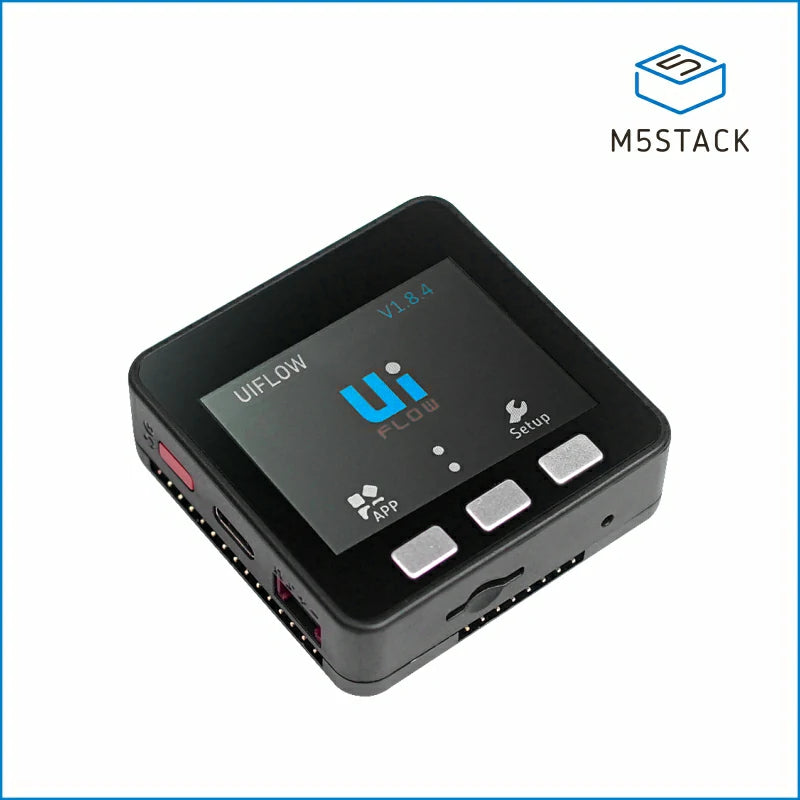
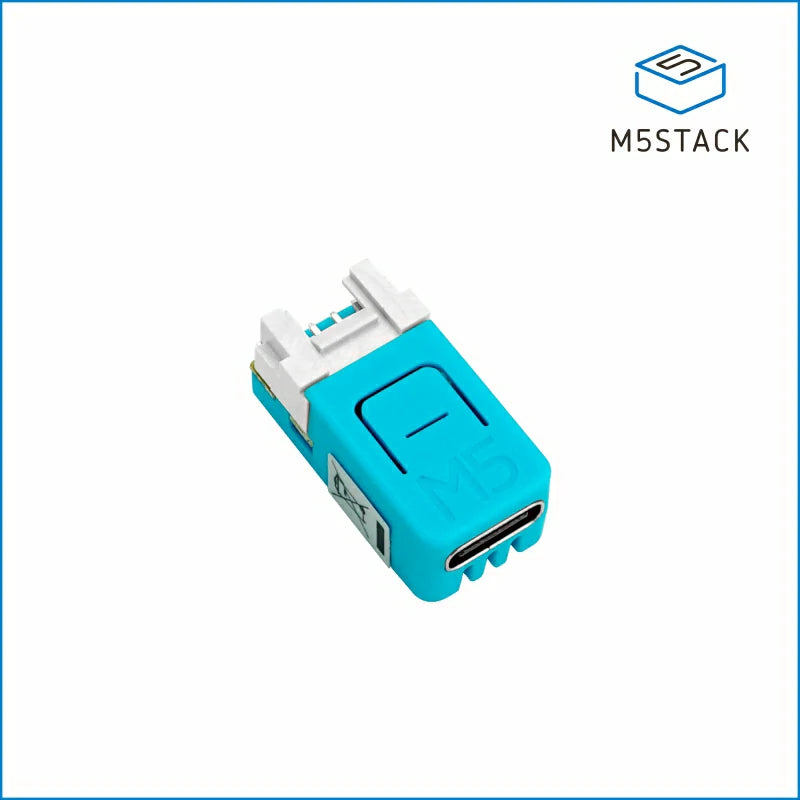
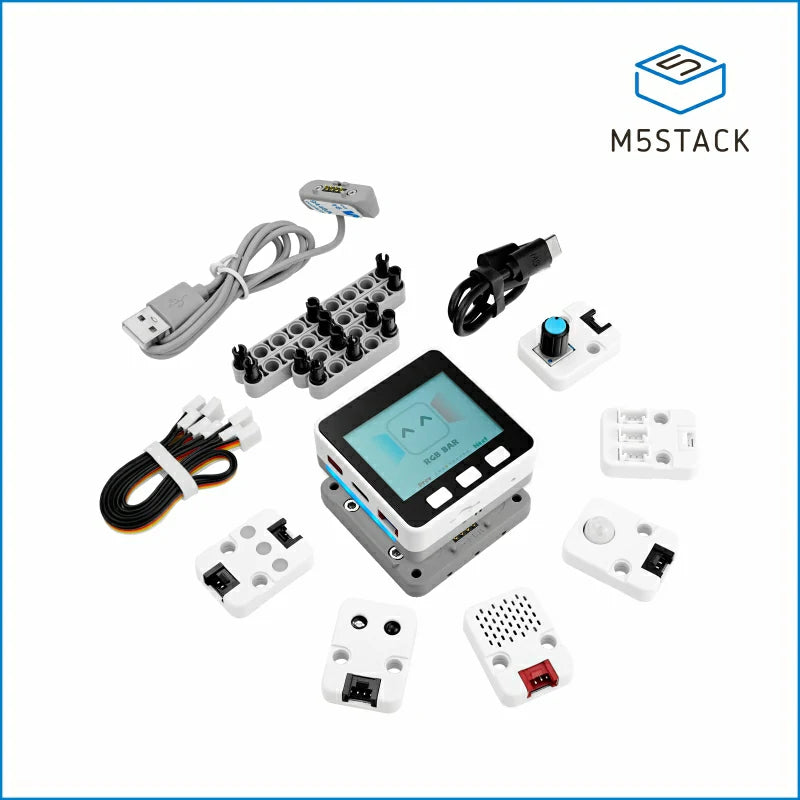
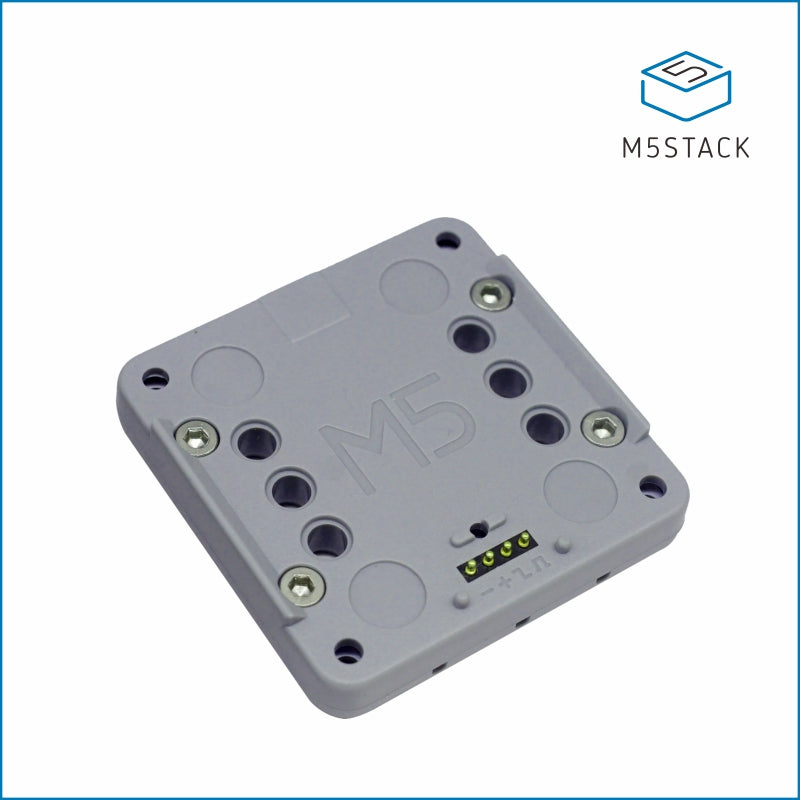
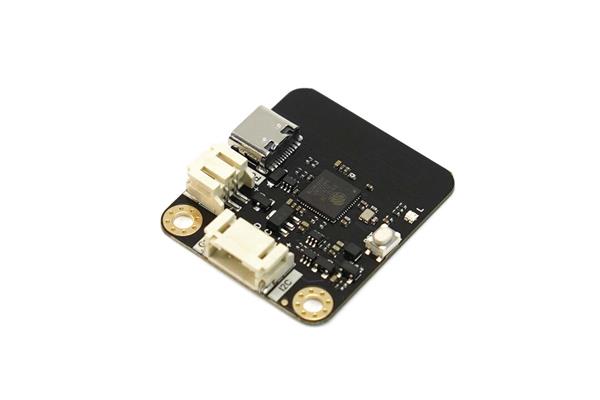
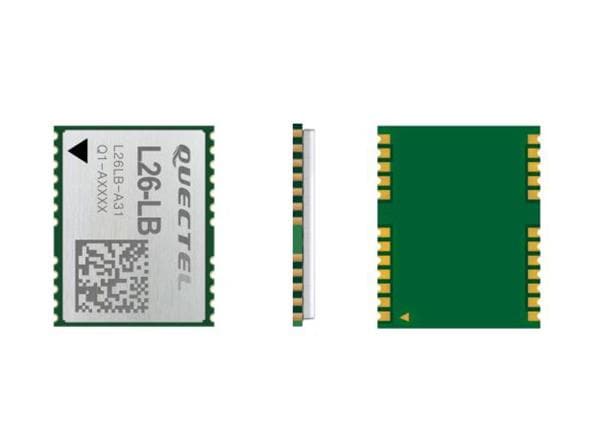
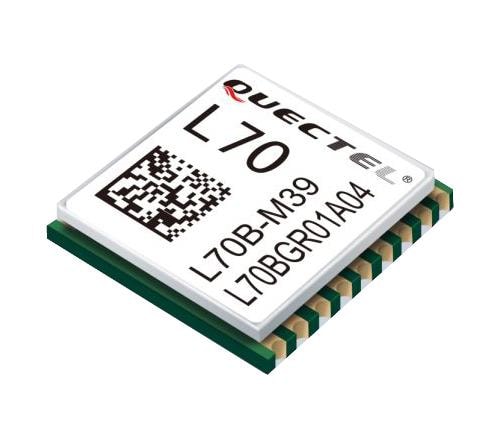
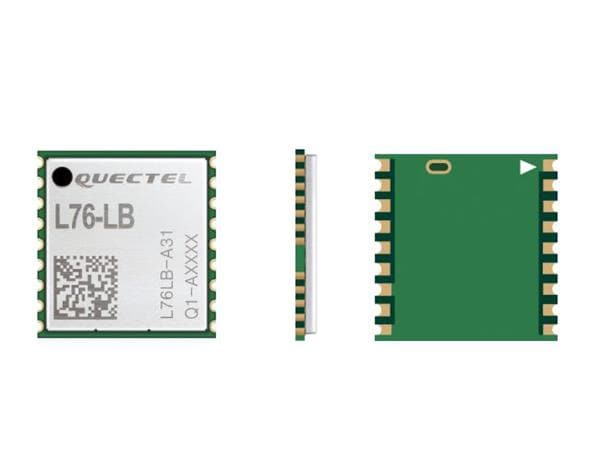
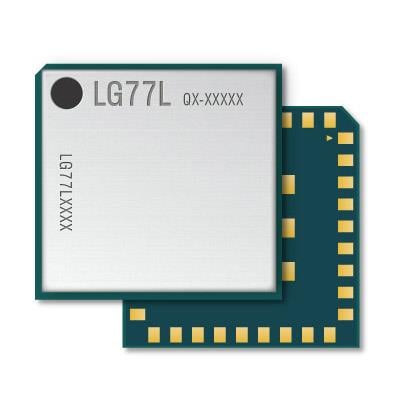
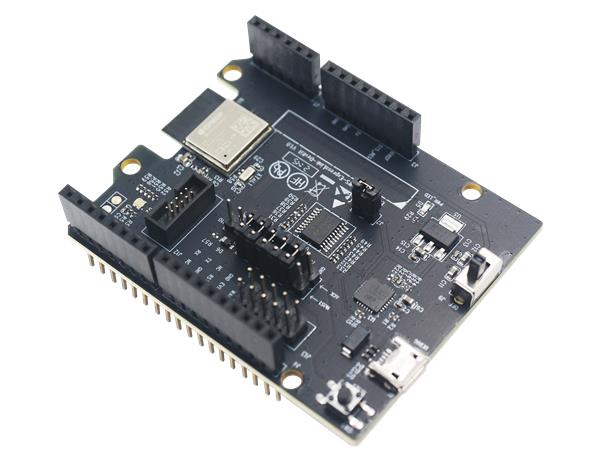
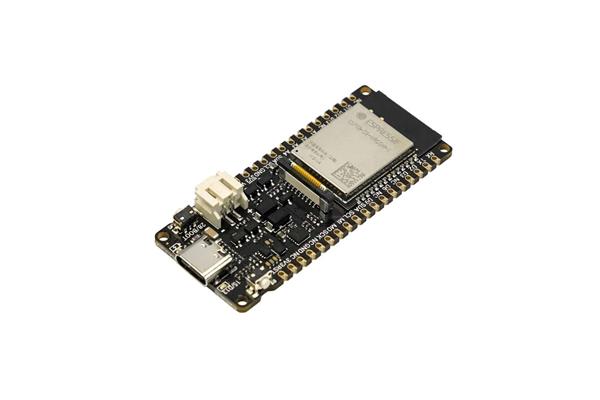
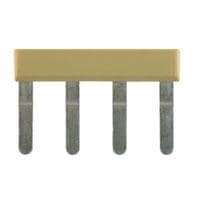
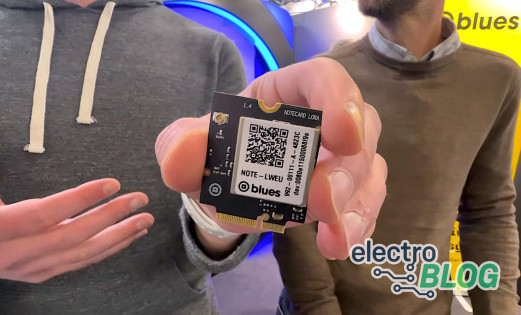
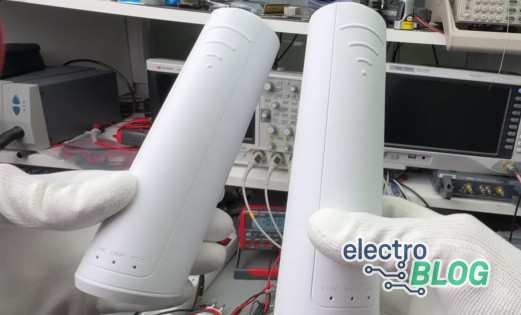

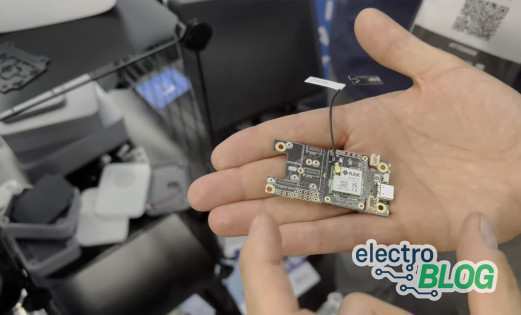
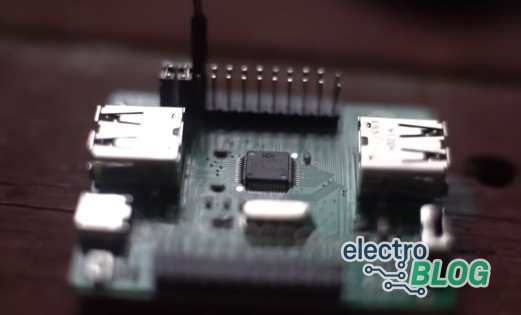


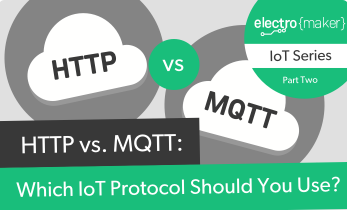





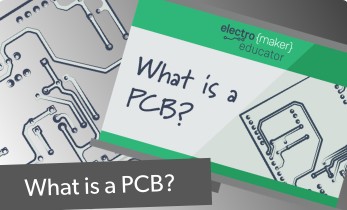
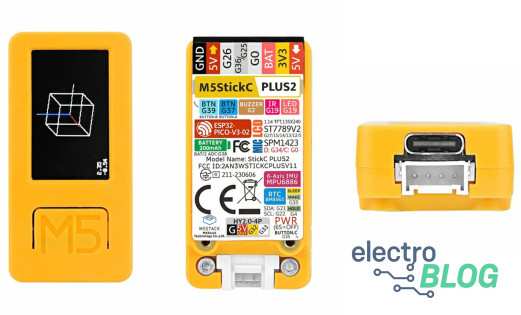

Leave your feedback...